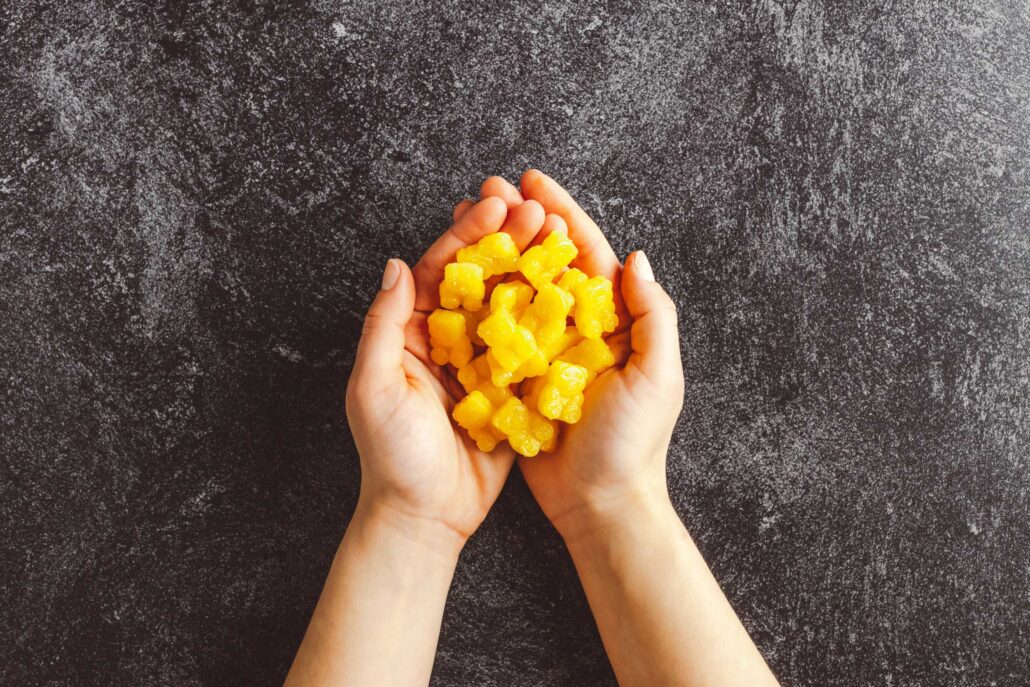CHECK OUT OUR MEDIA MENTION IN IFT
1-Nov-2022
“Alexa, what’s the sustainability tip of the day?” That’s what our family’s Amazon Echo Show recommends asking it each day, placing sustainability at the forefront of our minds and likely those of anyone who owns the smart device. Sustainability is clearly a growing consumer concern. “Shared Planet” was one of Innova Market Insights’ 2022 Top Ten Trends, focusing on how everyone can play their part in shaping a sustainable and prosperous future. According to the study, conducted across 11 countries, the top two environmental actions people are taking are reducing waste (43% of respondents) and eating in moderation (32%).
Roughly one-third of the world’s food is never eaten, according to Project Drawdown, a nonprofit organization whose aim is to move the world to “drawdown,” the future point in time when levels of greenhouse gases in the atmosphere stop climbing and start to steadily decline. By reducing loss and waste, the organization states that we can reduce the need for land resources used to produce food and the greenhouse gases released in the process. The food we waste is responsible for roughly 8% of global emissions.
In the food industry, upcycling is one movement that addresses the food waste issue. As defined by Harvard Law School’s Upcycled Foods Definition Task Force, upcycled foods “use ingredients that otherwise would not have gone to human consumption, are procured and produced using verifiable supply chains, and have a positive impact on the environment.” According to Upcycled Foods Association (UFA), globally, we lose around $1 trillion per year on food that is wasted or lost. Twenty-eight percent of agricultural land goes to grow food that is never eaten. These statistics show the importance of upcycling.
UFA launched a certification program in late 2021. The Upcycled Certified Program is the world’s first third-party certification program for upcycled food ingredients and products. The flagship of the program is the on-package mark, which helps retailers feature upcycled products on shelf and indicates to consumers which products are Upcycled Certified. UFA predicts that upcycled foods and ingredients will prevent more than 703 million lb of food waste annually.
Some examples of upcycling are dried surplus foods from farms, “ugly” fruits and vegetables dried into powder, and using the underutilized parts of food such as citrus peels, avocado seeds, spent grain, and eggshells. “Upcycling also provides a significant business opportunity,” notes Kate Spiller, executive assistant, UFA. “Recent data from a collaboration between UFA and SPINS shows that there has been a 1,046% growth in sales of Upcycled Certified products from Q1 2021 to Q1 2022.”
The organization notes that the global upcycled ingredients market is estimated at a value of $275.3 million in 2022, and by 2032, the market is expected to be valued at more than $512 million.
“Upcycling has the potential to cross every aisle of the grocery store,” observes Dan Kurzrock, CEO and cofounder, Upcycled Foods Inc. “There are so many ingredients that can be created. What we’re seeing more and more is the urgent need for our supply chains to be more resilient, for our food system to be less damaging to our environment and play a role in healing, and for consumer finished products that are more nutritious. When done well, upcycling is able to tick all of those boxes.”
Not only does upcycling decrease food waste, but it also can result in the creation of nutritional ingredients. Starting from a variety of raw materials that would often go to waste, dietary fiber and novel protein ingredients are two areas where upcycling has created environmentally friendly and nutritious ingredients.
Dietary Fiber
Using material left over from the company’s cold-press fruit pressing, FruitSmart can create fruit fiber ingredients that recently received upcycled certification. “We buy ‘ugly’ fruit, too big or too small, that we use to produce juice,” explains Wayne Lutomski, president, FruitSmart. “After cold-pressing, we dry and mill the leftover pomace to create fruit fiber ingredients [such as] apple, blueberry, and cranberry.”
The fibers are approximately two-thirds insoluble and one-third soluble fiber, potentially benefiting gut health and blood sugar levels. While the fiber ingredients were sold primarily to the nutraceutical industry, the company has demonstrated that they can be used in food and beverage applications for their nutritional value and functional value in improving texture and moisture. The company has created prototypes like a protein bar bite with blueberry fiber, blueberry pieces, and cherry juice concentrate and a deli cracker with apple fiber.
Another company’s patented upcycling technology extracts plant nutrition from crop leftovers, including straw, leaves, and shells to unlock arabinoxylan’s full potential. Arabinoxylan is a U.S. Food and Drug Administration–recognized dietary fiber with prebiotic benefits at low inclusion levels and superior tolerance in the gut even when multiple servings are consumed.
“The proprietary process is simple, yet hard to replicate, using only steam, water, and pressure for extraction,” says Hannah Ackermann, registered dietitian and senior manager of content strategy, Comet. Multiple grades of Arrabina dietary fiber have been developed to fill the market need for low-dose prebiotic fibers. The company’s newest grade is called Arrabina V, a fully soluble powder that dissolves clear and is stable in solution without impacting flavor or viscosity.
AgriFiber uses corn bran to create an upcycled prebiotic arabinoxylan, AgriFiber SFC. “We open the cell wall and separate cellulose and hemicellulose using a gentle process that results in highly functional ingredients,” says Rodger Jonas, chief commercial officer, AgriFiber. “Our products allow fiber claims to be made, with SFC providing a clinically proven prebiotic claim. This includes a focus on satiety and glucose control.”
Protein
“Upcycling food is an ancient tradition based on the philosophy of using all of what you have. It’s about doing more with less and elevating all food to its highest and best use,” observes Jacqueline Hochreiter, marketing and sustainability director, EverGrain Ingredients. “Most of all, upcycled food is about reducing food waste, by creating high quality, nutritious food products out of the nutrients that slip through the cracks of our food system.”
Using spent grains from the beer brewing process, EverGrain created EverPro barley protein. “EverPro is a direct result of a simple extraction process on Budweiser spent grains,” says Hochreiter. “Brewers’ spent grain is a very good source of nutrition, with a composition of 30% protein. EverGrain performs a proprietary extraction process on the grains using natural enzymes to separate the long-chain proteins, fiber, and other fractions from one another.”
Any remaining grain is removed from the liquid protein at incredibly high speeds. The third and fourth purification steps then filter the protein-rich liquid through a microfiltration process, followed by a nano-filtration process. From beginning to end of this four-step purification process, the protein is concentrated from 30% to over 85%. Finally, the product is dried, agglomerated, and packaged for distribution. The 85% protein barley rice protein powder contributes high levels of glutamine, which is linked to enhanced post-workout recovery, says Hochreiter.
Upcycled Foods also uses brewers’ grain to create novel food ingredients. “Our story began with home brewing,” says Kurzrock. “Only the grain’s sugars had been ‘used up’ by beer, but the mash is very nutritious. It has fiber and protein, but because of how wet it is, it spoils quickly. We developed a process to stabilize this and create sustainable ingredients.”
The company’s first ingredient was a grain powder, SuperGrain+, which contains prebiotic fiber (40%), protein (20%), and polyphenols. According to the company, every pound of SuperGrain+ used prevents the carbon dioxide equivalent of burning 1 lb of coal and saves more than 300 gal of water.
In July, Upcycled Foods announced the launch of an upcycled protein crisp codeveloped through a partnership with Kerry. The plant-based crisp delivers 40% protein and 16% fiber. The crisp combines the flavor, nutrition, and sustainability of SuperGrain+ with the textural benefits of a crisp, the company says. The new protein crisps are now available through Kerry.
Upcycling for Good
Overcoming the gap in consumer education will be key to furthering the upcycling movement. “Reports show that 62% of consumers are willing to pay more for a product that fights food waste and 70% of consumers have greater intention to buy a product that is Upcycled Certified,” notes UFA’s Spiller. “We need more outreach to inform people that Upcycled Certified products are available to them.”
Ultimately, upcycling puts value on “waste not, want not,” says Kurzrock. “Let’s be conscious of our natural resources, and we can find that we can do well by doing good.”

